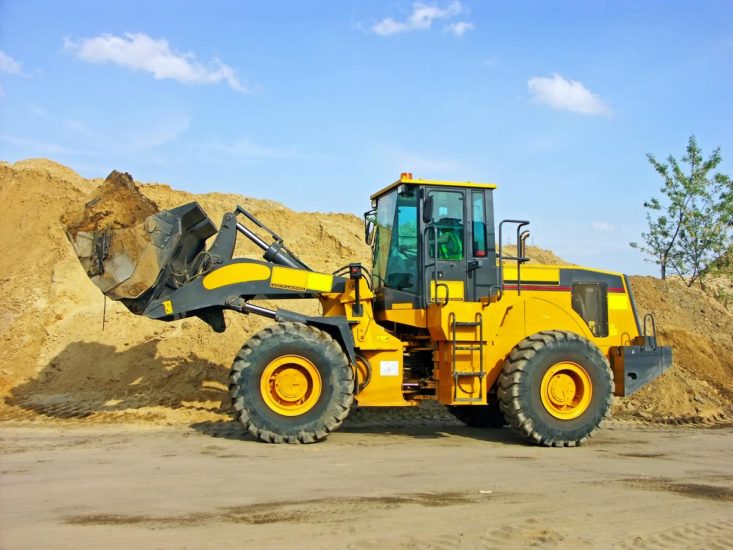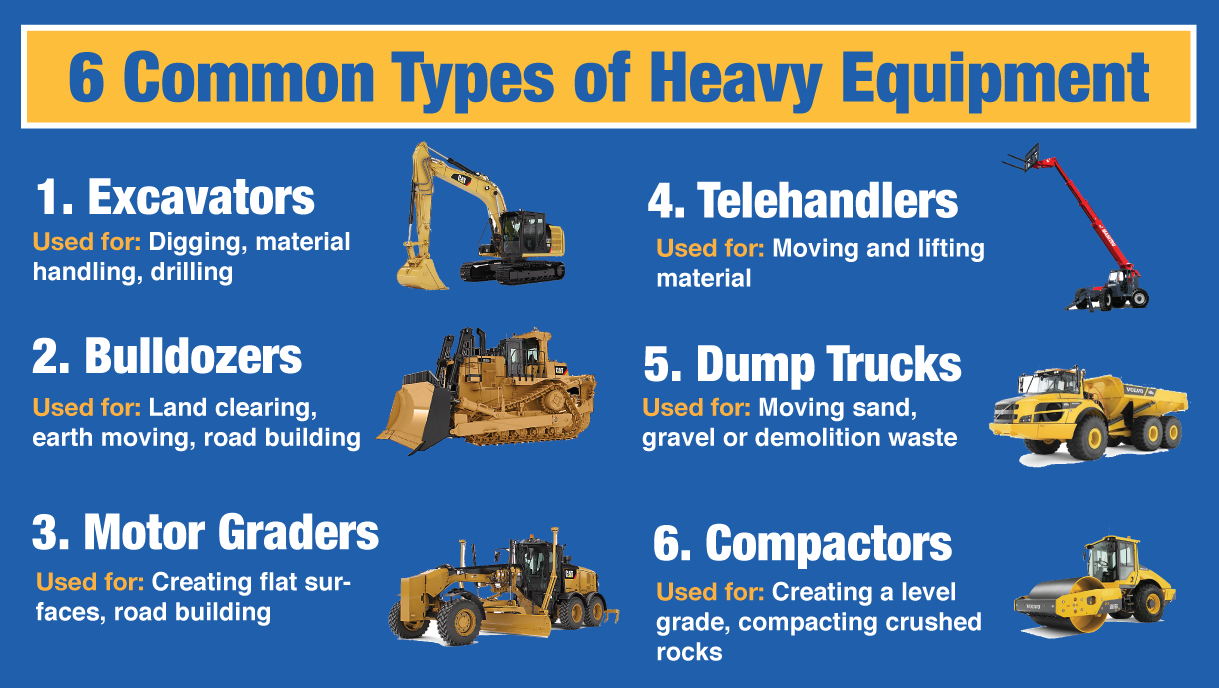Boom Lift Rental: Reach New Levels Securely
Boom Lift Rental: Reach New Levels Securely
Blog Article
Renting Out Vs. Buying Building Tools: Making the Right Option for Your Job
When getting started on a construction task, one of the important decisions that forecast supervisors and stakeholders face is whether to lease or get construction tools. The decision hinges on various factors such as cost factors to consider, job period, tools upkeep, risk, flexibility, and scalability monitoring.
Expense Factors To Consider
When evaluating the monetary facet of purchasing versus renting building and construction equipment, the upfront costs and long-lasting costs must be very carefully considered. Renting devices typically needs lower preliminary payments compared to buying, making it an appealing option for short-term projects or contractors with budget plan constraints. Renting out eliminates the requirement for huge capital investments and lowers the financial threat connected with tools ownership, such as upkeep and devaluation expenses. However, in the future, continually renting devices can accumulate greater prices than purchasing, specifically for prolonged jobs.
On the various other hand, acquiring building tools entails greater in advance prices yet can result in lasting financial savings, specifically for long-term jobs or regular users. Inevitably, the choice between acquiring and renting out building tools pivots on the project's period, regularity of use, budget considerations, and lasting financial goals.
Task Period

Conversely, for long-lasting tasks or continuous building and construction work, getting equipment might be the a lot more affordable choice. Investing in tools can bring about set you back financial savings in the long run, specifically if the tools will be often utilized. Moreover, owning devices offers a sense of control over its schedule and permits for personalization to fit specific task needs.

Devices Upkeep
Provided the important duty job duration plays in establishing the most economical technique between purchasing and leasing construction devices, the emphasis currently shifts in the direction of examining the vital facet of equipment maintenance. Correct upkeep is crucial for guaranteeing the optimal efficiency and durability of building equipment. Renting tools commonly features the advantage of having actually well-maintained machinery provided by the rental company. This can reduce the worry of maintenance jobs from the project owner or professional, conserving effort and time. On the various other hand, possessing tools needs a proactive strategy to maintenance to stop breakdowns, make sure safety and security, and expand the equipment's life expectancy. Normal assessments, maintenance, and prompt repairs are required to keep owned tools in leading functioning problem. Consider upkeep expenses when choosing between leasing and buying, as overlooking upkeep can bring about pricey fixings, downtime, and project hold-ups. Inevitably, a properly maintained construction devices fleet, whether rented out or owned, is vital for the efficient and effective completion of construction projects.
Flexibility and Scalability
In the realm of building and construction tools monitoring, the facet of flexibility and scalability holds substantial importance for job effectiveness and source usage. Deciding to rent construction tools offers a high level of adaptability as it permits the fast adjustment of devices types and amounts based upon the progressing requirements of a project. Renting out makes it possible for contractors to access a large range of specific equipment that might be needed for certain tasks without the lasting commitment of ownership. This adaptability is especially beneficial for tasks with varying needs or uncertain periods (aerial lift rental).
Additionally, scalability, one more crucial factor, is inherently linked to flexibility. Leasing construction devices uses the advantage of easily scaling procedures up or down as project demands rise and fall. Professionals can quickly add or exchange tools to match the job's changing requirements without the constraints of possessing properties that might end up being underutilized or outdated. This ability to scale sources effectively can lead to price savings and improved project timelines, making renting a favorable option for tasks needing flexibility and receptive resource allowance.
Risk Administration
Efficient danger administration in construction tools operations is extremely important to guaranteeing project success and mitigating potential monetary losses. Construction projects naturally entail various risks, such as tools malfunctions, accidents, and task hold-ups, which can dramatically impact the task timeline and budget plan. By carefully thinking about the dangers linked with owning or renting out construction tools, job managers can make informed choices to reduce these prospective threats.
Leasing construction devices can offer a level of threat reduction by moving the obligation of repair and maintenance to the rental business. This can reduce the financial burden on the task owner in high reach forklift situation of unanticipated tools failures (scissor lift rental). Additionally, renting offers the adaptability to accessibility specialized devices for specific task phases, minimizing the risk of having underutilized machinery
On the various other hand, possessing construction tools provides a sense of control over its usage and upkeep. Nonetheless, this additionally means birthing the full responsibility for fixings, upkeep expenses, and devaluation, raising the monetary threats linked with tools ownership. Mindful danger evaluation and factor to consider of aspects such as project duration, devices use, and upkeep needs are critical in figuring out the most suitable option for effective threat administration in construction jobs.
Conclusion
To conclude, when making a decision between acquiring and her response leasing building and construction tools, it is essential to consider expense, project duration, equipment maintenance, threat, scalability, and adaptability monitoring. Each factor plays an important duty in establishing one of the most ideal option for the task handy. By carefully examining these elements, job managers can make an educated decision that lines up with their budget, timeline, and general task goals.

Report this page